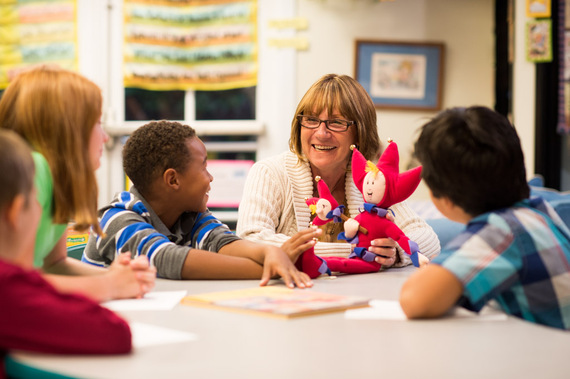Recently the Noble Peace Prize was awarded to the young Pakistani teenager Malala Yousafzai for her heroic struggle to secure the right for education for all girls in her native Pakistan. In doing so, she has become a voice for children everywhere to be educated.
We take education in the United States for granted. There is a myth in our society that education is the great equalizer, but history defies that reality. From community to community, there is tremendous disparity regarding the nature and quality of education and as a result, it is not the great instrument that creates a common foundation. Economic inequalities and ideological idiosyncrasies are more reflected in our education system nationwide than we care to admit.
We have seen in California that in times of economic hardship, public education is often one of many services that suffers from budgets cuts. Hardest hit are the children most in need -- those with special needs and in particular, those in the foster care system. In spite of recent attempts to rectify the situation, the statistics are bleak. Consider the following data published in a recent report on school sustainability from The Annie E. Casey Foundation:
-50% of youth in foster care complete high school by age 18 compared to 70% of the general population.
-The average reading level of 17 - 18 year olds in foster care is that of a 7th grader.
-Foster care youth are 2.5 - 3.5 times more likely to receive special education services.
-Foster care youth ages 17-18 are two times more likely to be suspended and three times more likely to be expelled from high school.
When you consider that 84% of foster youth say that they want to go to college and only 20% graduate from high school, leaving only a small fraction who actually ever graduate from college, the statistics above represent a monumental failure of the educational system for the children served by foster care.
The report states that children in the foster care system have among the poorest educational outcomes of all student populations, pointing out that they experience "lower academic achievement, lower standardized test scores, higher rates of grade retention, more behavioral issues, higher chronic absence and higher dropout rates than children who are not in foster care." Academic failure is often the precursor to a life filled with challenges that for many can be insurmountable and for some, are, indeed, a death sentence. Some children, formerly in foster care, experience homelessness, find themselves in a cycle of poverty, end up incarcerated, and others face an early death.
These challenges may not be as obvious as a death threat by an ideological zealot with a gun, but can be observed as the systemic trauma of failing to make the grade for children in foster care. As we celebrate the courage of Malala Yousafzai, we can only hope that we do not fail to recognize - and act upon - the power of Malala's voice to express concern for the plight of all children who have a right to education--even those who are in foster care in our own country.
Note: This post was originally posted in a modified version on Hillsides blog. For more information on Hillsides, please visit www.hillsides.org.
